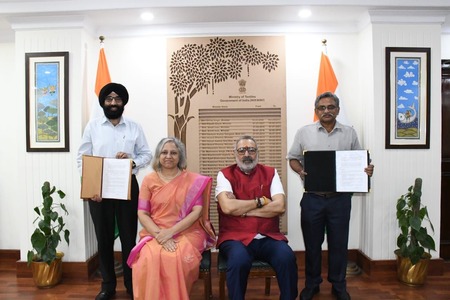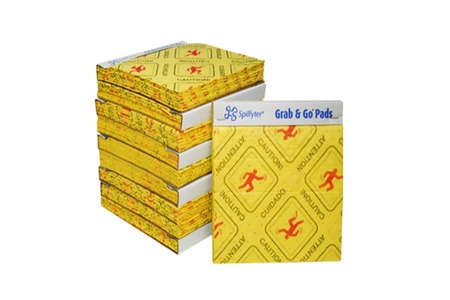Pakistan cotton output plunge by 34pc in the current season
YarnsandFibers News Bureau 2016-04-19 15:30:00 – KarachiPakistan’s cotton production plunged 34.28 percent to 9.768 million bales in the current season compared to the country’s output of 14.863 million bales in the same period of last season, ending in the mid of April. The drop in output this season is due to the crop’s soft local and international prices forced the farmers, hit by pest attacks and heavy rains, to cut acreage, according to the Pakistan Cotton Ginners’ Association (PCGA).
The government revised down this year’s cotton production target to 10.9 million bales. Earlier, the Cotton Crop Assessment Committee estimated 15 million bales for the 2015/16 season.
An analyst said that low international commodity prices took a toll on the farmer income. The farmers were forced to plant cotton less and switch to other crops, such as maize and sugarcane.
According to agriculture experts, the cotton crop suffered multiple shocks, including prolonged rains, pink bollworm pest attacks and lower acreage. Sowing delays also hit the crop harder in some areas.
The cotton crop continues to be hit by changing climate conditions, inferior inputs, especially low quality seeds and uncertain government policies, Chairman Shahzad Ali Khan at PCGA said. Weather issues such as frequent rains resulted in a loss in yields and a significant reduction in quality for the 2015/16 crop, particularly in Punjab.
In Punjab, production saw a sharp decline of 4.887 million bales to six million bales this year over the previous year. While in Sindhi, cotton output losses however, slightly decreased to 3.766 million bales from 3.974 million bales.
Cotton prices in the domestic market remained bearish in line with the global trends. The international cotton prices were facing downward pressure due to weak demand and ample stocks. There was a slowdown in Chinese demand and the preference for alternative polyester fiber, which became cheaper after sharp fall in the crude oil prices, was increasing.
Experts said that the country can achieve the production target of 14 million bales next year if the government takes emergency measures to raise the output along with increase textile export sales.
The country’s spinning industry consumes nearly 16 million bales of cotton and around 525,000 tons of polyester staple fiber in a year.
However, the government must ensure supply of certified cotton seed to the growers through local and international companies. The involvement of private sector in research and development of cotton will yield better results.
The government should adopt biotechnology in seed breeding on war footing basis to produce quality seeds.
Cotton contributes around 8.5 percent of gross domestic product of the country, accounting for 60 percent of total exports. The country ranks 4 among the 70 cotton-growing countries.
Market Intelligence
Ask for free sample Report

experience
Customer Base
dedicated team
Countries Served Worldwide









